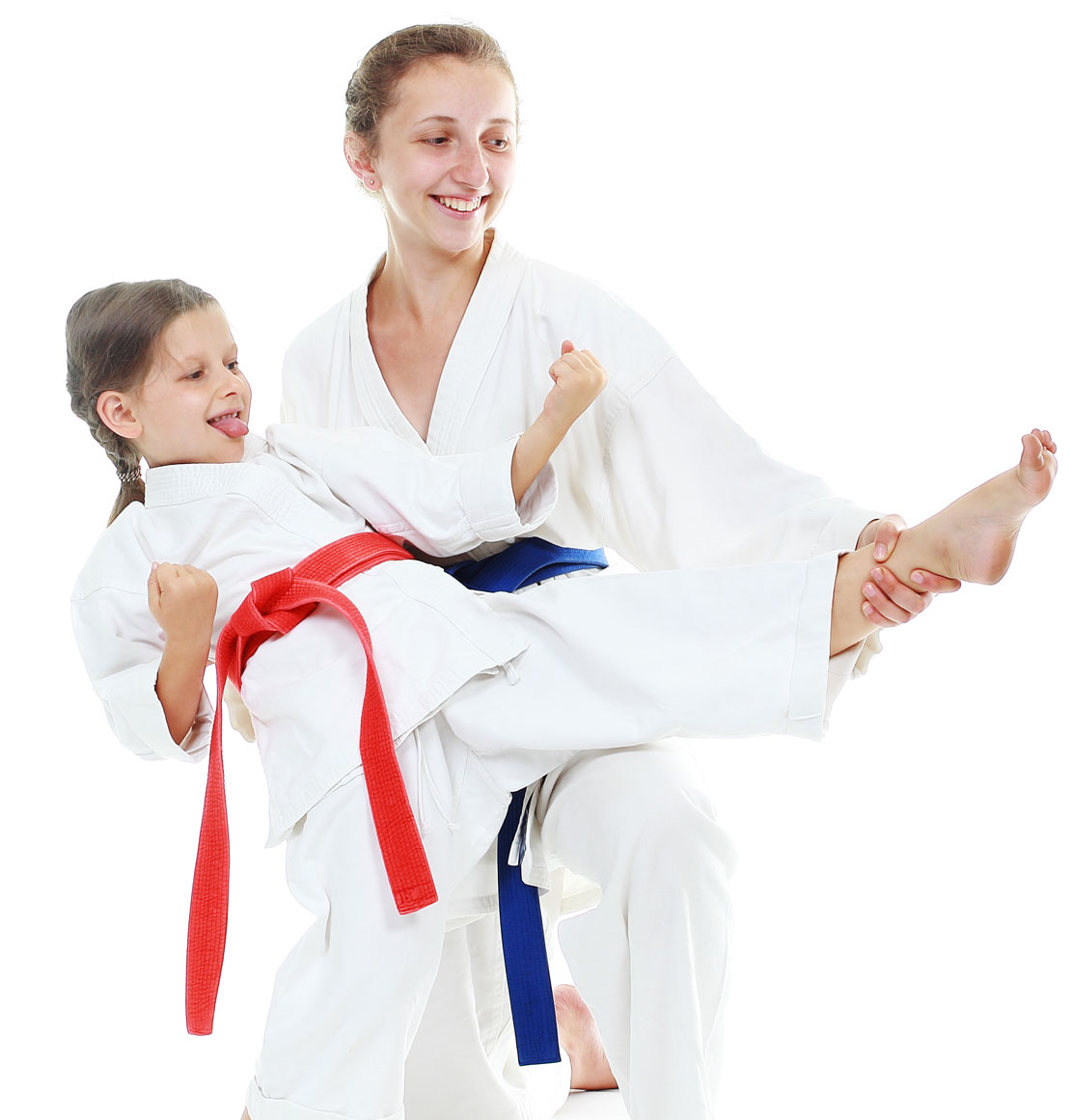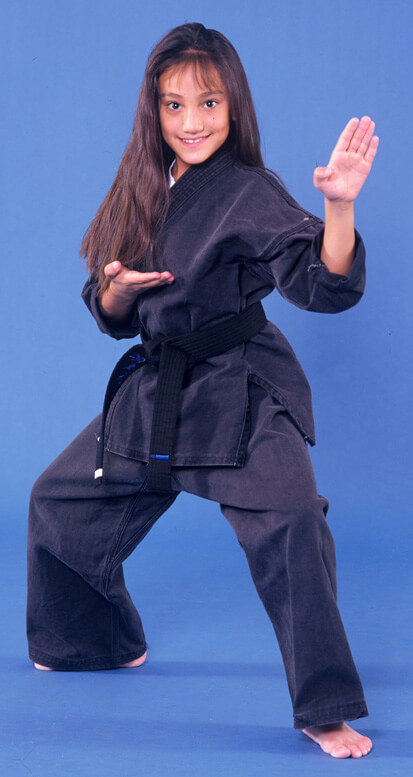1. Cognitive Development: Insights from Jean Piaget
Understanding Piaget’s stages of cognitive development can significantly enhance how martial arts instructors approach teaching. This knowledge allows for the adaptation of techniques and lessons to suit different age groups effectively.
- Preschoolers: Emphasize simple, playful interactions to keep learning engaging.
- Early Elementary: Use visual aids and hands-on activities to explain basic strategies.
- Adolescents: Challenge with problem-solving tasks and abstract thinking.
- Adults: Focus on advanced techniques and deeper theoretical insights.
2. Communication and Teaching Strategies
Tailoring communication to the cognitive levels of students is crucial for their understanding and engagement:
- Young Children: Utilize simple language and visual aids.
- Older Children and Adolescents: Offer detailed explanations and encourage interactive dialogue.
- Adults: Employ technical language and in-depth discussions to connect with experienced learners.
3. Physical Development and Conditioning
Adapt physical training to match developmental stages to enhance performance and safety:
- Preschoolers: Focus on developing motor skills through playful activities.
- Early Elementary: Build strength and endurance with structured exercises.
- Adolescents: Enhance flexibility and refine techniques.
- Adults: Concentrate on fitness and injury prevention.
4. Emotional and Moral Development
Creating a supportive environment caters to the emotional and moral growth of students:
- Young Children: Build confidence through positive reinforcement.
- Older Children and Adolescents: Foster respect, self-discipline, and teamwork.
- Adults: Encourage focus on personal goals and ethical martial arts practice.
5. Gender Differences and Learning Styles
Consider gender differences and learning preferences to maximize training effectiveness:
- Gender Differences: Ensure equitable training opportunities for all genders.
- Learning Styles: Customize teaching methods to accommodate different sensory learning styles.
6. Multi-Age Class Considerations
When classes contain mixed ages, instructors should:
- Segmented Instruction: Tailor parts of the class to specific age groups.
- Flexible Grouping: Mix ages for certain activities to encourage peer learning.
7. Practical Application
Implementing these insights involves:
- Lesson Planning: Design lessons that address the developmental needs of various age groups.
- Assessment: Continuously evaluate and adjust teaching methods based on student progress and feedback.


